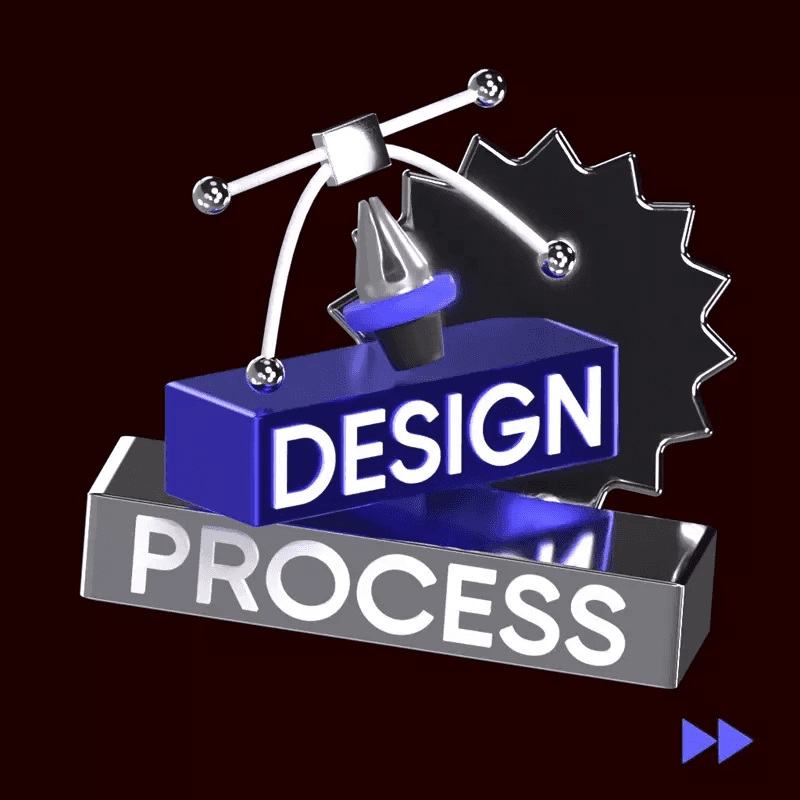Object-Oriented Graphics
Object-Oriented Graphics
Object-Oriented Graphics
Object-Oriented Graphics refers to a method of creating and manipulating visual elements in computer graphics by treating them as individual objects with their own properties and behaviors. This approach is based on the principles of object-oriented programming, which organizes code into reusable and modular components.
In object-oriented graphics, each visual element, such as shapes, images, or text, is represented as an object with attributes like size, color, and position. These objects can be grouped together, transformed, and manipulated independently, allowing for greater flexibility and control over the design process.
One of the key advantages of object-oriented graphics is the ability to create complex and interactive visualizations by combining and nesting objects within each other. This hierarchical structure enables designers to easily modify and update specific elements without affecting the entire composition.
Object-oriented graphics is commonly used in graphic design software, web development, and video games to create dynamic and visually appealing interfaces. By leveraging the power of objects and classes, designers can efficiently manage and organize visual elements, leading to more efficient workflows and higher quality output.
15,000+ customizable 3D design assets
for UI/UX, website, app design and more


quote post


Information post


marketing post
Sign up for free
View All
A
B
C
D
E
F
G
H
I
J
K
L
M
N
O
P
Q
R
S
T
U
V
W
X
Y
Z
#
View All
A
B
C
D
E
F
G
H
I
J
K
L
M
N
O
P
Q
R
S
T
U
V
W
X
Y
Z
#
View All
A
B
C
D
E
F
G
H
I
J
K
L
M
N
O
P
Q
R
S
T
U
V
W
X
Y
Z
#
Tools
Create
Tools
Create